A few years ago, minimalist running shoes started to gain popularity. This is when the term zero-drop was first heard. Yet, what are zero drop shoes, really? What do they offer? Are there benefits in using them in various sports?
Because of the sudden increase in popularity, those that are in the running world have their own opinions about it. Many have various questions as well. This article aims to help you understand what zero drop shoes are.
Running Shoes: An Evolution
Through the decades, running has remained to be one of the sports that have unchanging principles. Nonetheless, the gear used frequently change. Some of these changes involve design and quality improvement, while others follow current fads.
Looking back, we all ran barefoot. In fact, the leg and foot construction of humans are specially made to make us efficient in long-range running.
Fast forward to thousands of years, running is now considered as a competitive sport. Running shoes were made of thin leather strips back then until vulcanized rubber was introduced in the 1800s.
This development jump-started the use of rubber soles, which were uncomfortable and inefficient. However, the technology became better and paved the way for shoes with better cushioning and traction. Hence, modern running shoes are born.
What Are Zero Drop Shoes?
The goal of zero-drop running shoes is to evenly align the ball of the foot with the heel, in which these two parts end up at the same height as they hit the ground. Zero-drop is a term that literally means no dropping from heel to the toes, just like when going barefoot.
This technology allows the foot to stay in its natural alignment compared to when you are wearing traditional shoes, in which the heel is usually lifted because of the wedge shape.
In theory, heel-to-toe drop directs how your feet hit the surface with each step. Some runners prefer standard running shoes that have raised heels, particularly when racing.
Raised heels typically provide extra cushioning. So, if this type of shoe construction is as beneficial as it is popular, why do other runners prefer zero-drop shoes?
Here are some good examples of zero-drop running shoes.
Benefits of Using Zero-Drop Shoes
Here are some of the reasons why more and more runners are using zero-drop shoes:
Makes running feel more natural
Zero-drop shoes mimic the qualities of the first-generation running footwear—running sandals. It generally gives you the feeling of running in a more natural way, regardless of what kind of rubber is placed between you and the ground. This kind of shoe allows you to run in a similar way our ancestors ran.
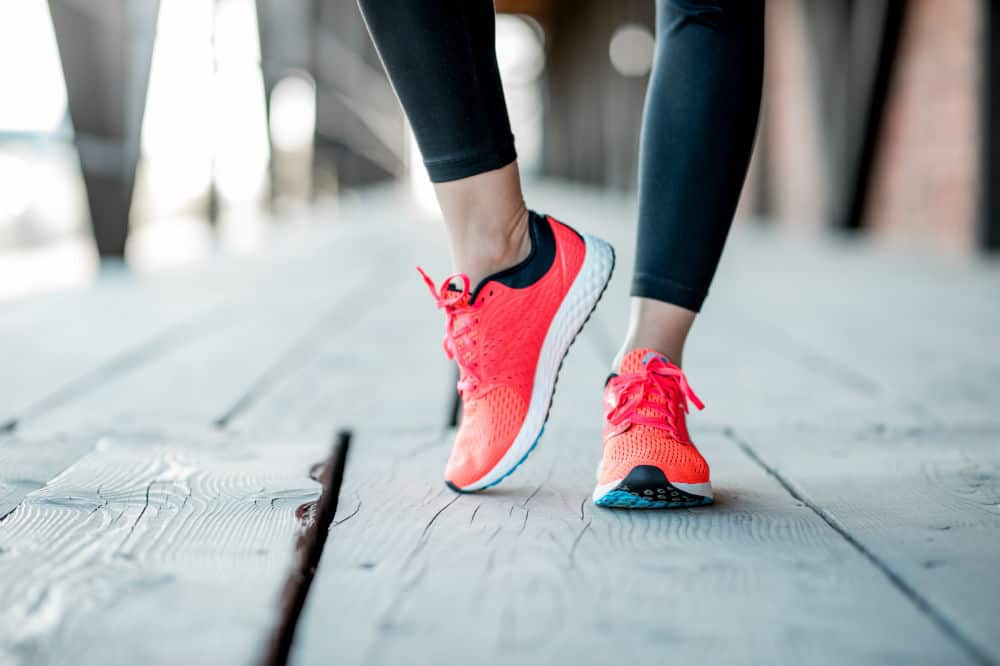
Minimizes the probability of getting an injury
If you are wearing shoes with thick, wedge-shaped cushioning, chances are, it encourages heel striking, which can have an impact especially on the knees. Elevated heels push you to lean forward, thus, stressing the natural posture of the body.
Zero-drop shoes help reduce lower back pain, as well as pain in the waist, foot, and knee. When you are wearing zero-drop shoes, the impact that is supposed to hit the knee area spreads throughout the calf muscles, minimizing the risk of injury.
Distributes the movement evenly
As mentioned above, zero-drop shoes take away the pressure or impact from the knees and spread it in order to lower injury risk. This movement transforms the calf muscle into an effective shock absorber, which intercepts with the impact directly and distributes it through the leg.
Because of its flat design, zero-drop shoes make sure that every single part of your foot lands firmly on the surface. It also allows the feet to move a little more freely compared to when moving while wearing cushioned running shoes.
Lightweight footwear alternative
Because zero-drop running shoes generally have a minimalist design, they are basically made using less material. This means that you get lighter footwear, which allows you to be faster and more efficient.
Wearing lighter footwear makes running a little less tiring too. In turn, this gives you an edge in competitive running.
Makes you more stable
Because zero-drop shoes push you to run in a natural position, they give you improved stability. This means that you can run faster, performance-wise.
Zero-drop shoes have a more natural feel, which encourages the body to adapt to the environment and can contribute well with how you run.
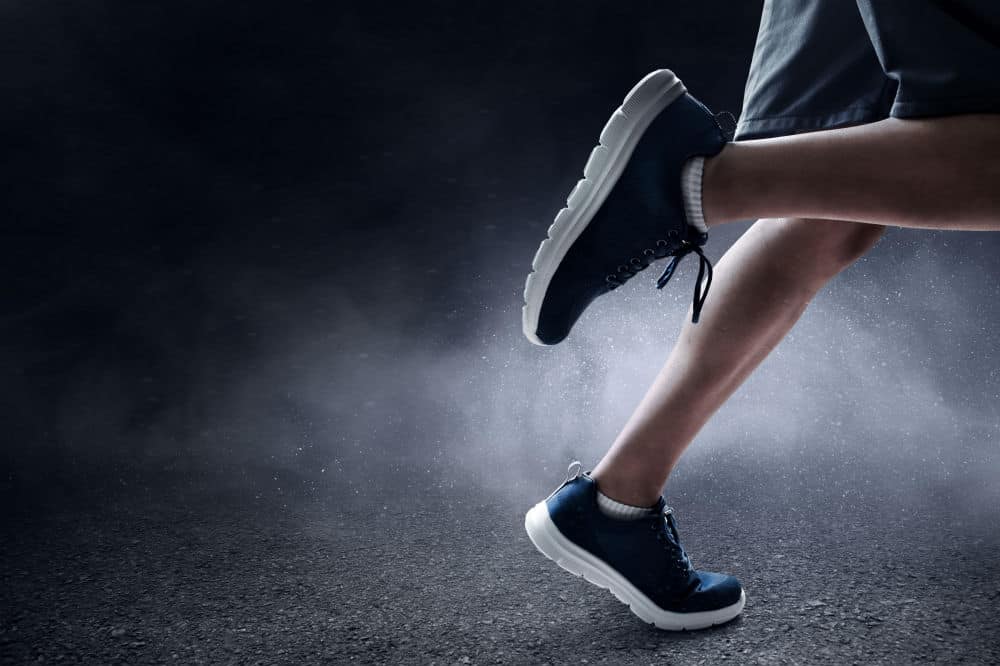
How to Make a Smooth Transition
The transition from using a conventional running shoe to zero-drop running shoe is not easy. It requires getting used to, particularly if you have been using running shoes with a substantial drop height.
Before buying a pair, you may want to spend time being barefoot every day. This will encourage muscle build up and help strengthen the ligaments and tendons that are needed to support your body during a run.
Moreover, when buying your new zero-drop shoes, try to buy in the evening or afternoon. This is the best time to do it as your feet tend to grow larger at the end of the day.
After you have bought your first pair of zero-drop shoes, allow your feet to get familiar with it first. Wear them during short exercises and rotate use with the most recent shoes you’ve used.
If you already took it for a run, stop once you experience discomfort. It is also ideal to strengthen your feet and continue practicing running barefoot to gain more foot muscles and improve stability.
Final Thoughts
What are zero drop shoes? Now that you know what they are, you may have already understood that using them is not only for fun but has its benefits too. Zero-drop shoes are certainly staying and are worth considering.
Many runners are already switching from traditional raised heel shoes to using zero-drop running shoes, and most of them do not have plans of looking back. This only proves that zero-drop shoes work, and they work efficiently indeed.
With the growing popularity of this kind of running shoes, it looks like many hobbyists and elite runners are turning into firm believers. Designed with the principle of letting your feet do what they are supposed to do, the success of zero-drop or barefoot shoes only proves that you don’t need big foam wedges and heavy shoes in order to run fast. What you really need is your feet, simply enhanced.

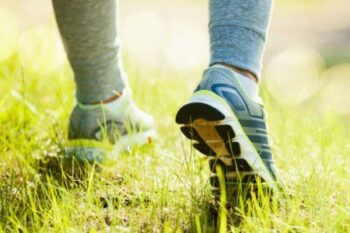
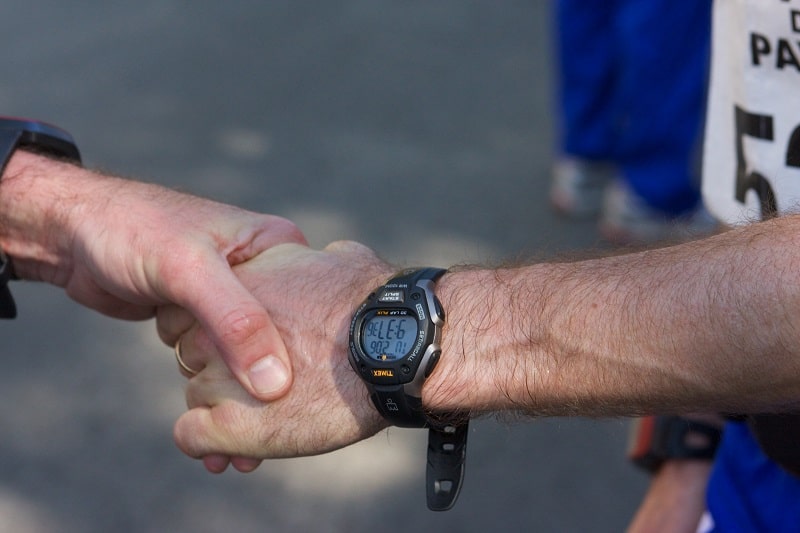
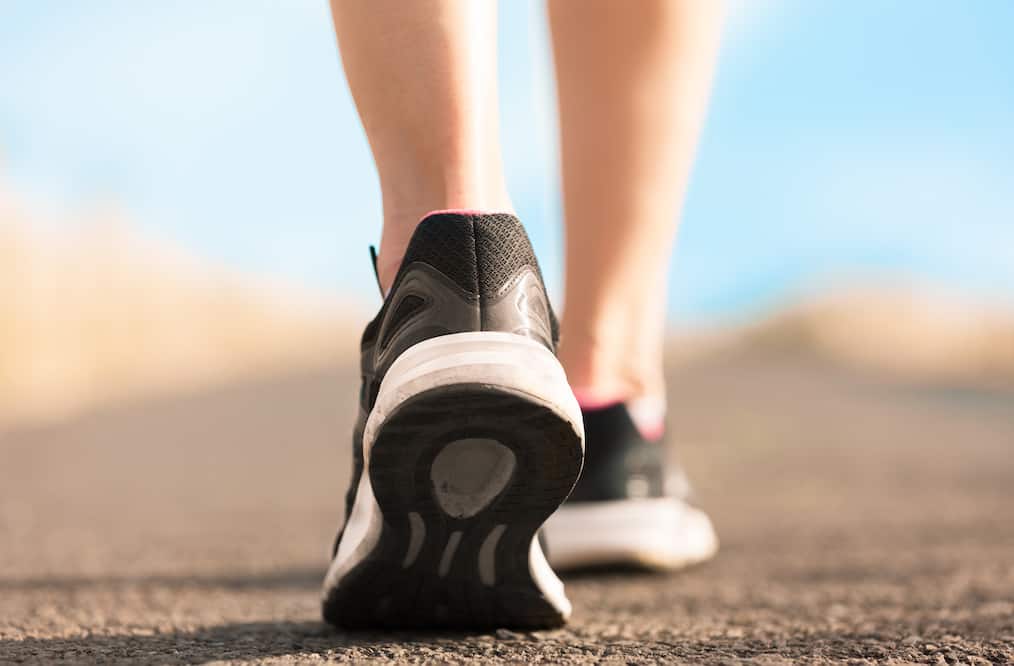
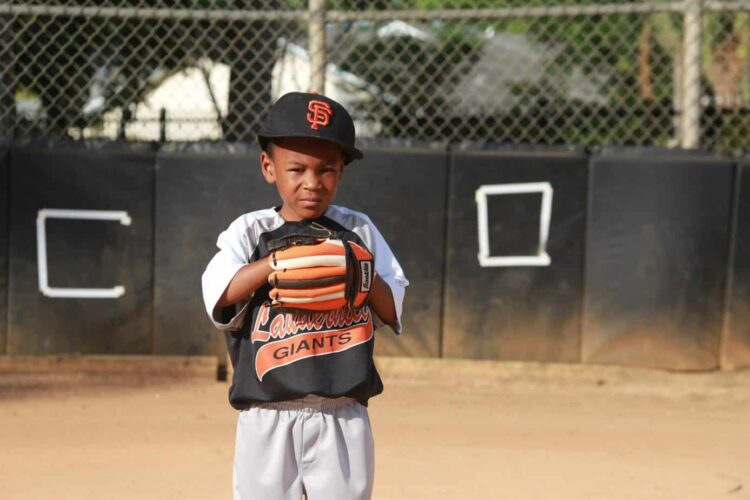
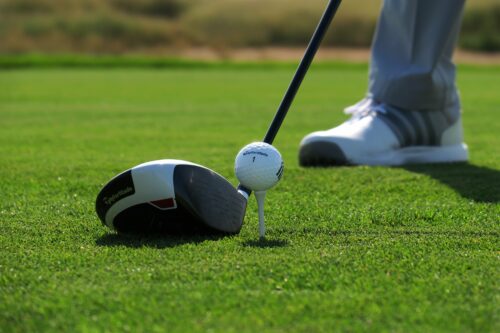



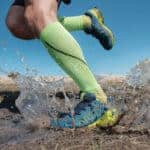


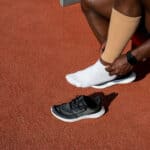

I had never heard of zero drop shoes before. I was a runner some time back and had to quit due to knee injuries. I am curious if these shoes would help with the knee joints too or no? I know that when I did run, I always looked for the lightest shoe possible that gave the best support. Sounds like these shoes would fit the bill. And if they help with the knee joints too, then this is the shoe for me!
Hello, Matt’s Mom, and thank you.
Thank you for your kind words.
Great to hear about your benefit of the article.
I want to stress that usually when people ask questions about health that I always recommend to talk with their doctors or physiotherapist too.
But having said that, your joints should at least not having worse about it. And personally, I believe it would be good for them. Because if you think about it, we are in shoes, most of us, almost all day. At home, we change shoes but aren´t bare feet. There are, because of it, a lot of small muscles which don´t get their activities they need so they can give their support. It is the leg you always rest your feet; the big muscles will never be in form.
If you are in shoes which is close to being barefoot, you are testing and training these small muscles. And because of it, they can give the support they should do.
So I would give a try for sure.
If I can help you with anything else, or if you have any questions, don´t hesitate to contact me.
Zero Drop Shoes? This is new to me as I have only just started to take up running after my doctor told me I need more exercise so I am online learning about the best footwear for running and maybe even get some useful tips about running in general
I have downloaded your free running gear guide and subscribed to your website in the hope that I will learn all I need from you
Like I said I haven’t run since I was in school so I was wondering if I should buy these Zero Drop Shoes and would they help someone that hasn’t gone for a run in ages?
Hello, Matthew, and thank you.
Thank you for your kind words.
Great to hear about your benefits of the article.
This type of shoes has been growing in popularity last years. A lot of benefits of using it but it is not for all! Personally, when you are started after some time, I would recommend that you hive you time to develop as a runner with using more traditional shoes.
I don´t know where you are thinking about to run, but in this site, you can get a lot of information on different types of shoes like, for example, trail running and stability shoes.
And in the ebook gift from this site, you can see a lot of ideas too.
If I can help you with anything else, or if you have any questions, don´t hesitate to contact me.
Hi
Certainly an interesting article, as a runner I have been looking at zero drop shoes for a while but just haven’t pulled the trigger, always seems like given there was less heel cushioning I would be more prone to injuries but you make some excellent points.
Given that I have been running in normal shoes up to now and pretty much always land on my heel, how difficult is it to change your running style to landing on your toes? I’m betting that this really hurts your calves for a while.
Hello, Dominic, and thank you.
Thank you for your kind words.
Great to hear about your benefits of the article.
For many people, it can be some training to run in this style. Many years ago, before all this talk about barefoot running shoes, I was in a course with an athletic trainer and former Decathlon. And in this course, it was spent some time to see how it works and how to use it.
When you think about it, it looks strange to train it because it is a natural movement, for example, you probably walk like this. But it takes some time, not much if you start slowly and give you time to practice this technique.
But I don´t think calves problems is because of the use of barefoot shoes. I think it is more because you are using these muscles more than before when you start running in the barefoot shoes. Meaning, these muscles get better training, but you can feel it in the start. Similar is that I think it is healthy to run time to time (like after training or run, a good time is for example when you are running you down after training or run) without shoes at all because there are so many small muscles you don´t use too much when you are in shoes. But they are healthy and vital to use. For some reason it is good, in my opinion, to give the slippers regularly rest and walk barefooted.
If I can help you with anything else, or if you have any questions, don´t hesitate to contact me.
Makes sense that something more natural would gain popularity. Less is more, I guess. With this being closer to barefooted, I can see how this can be more comfortable for the body and lower specific injuries and can be useful for runners. Suppose really that different kinds of shoes are better for different types of situations. Professional runners run on specifically made tracks which are free from any debris, so a more lightweight type of shoes does indeed seem to be a logical choice.
Hello, Faheem, and thank you.
Thank you for your kind words.
Great to hear about your benefits of the article.
If I can help you with anything else, or if you have any questions, don´t hesitate to contact me.
Definitely a good one here again. Having the right pair of shoes for your activities would definitely boost confidence and ensure the sessions’ proper utility without paying too much attention to nothing else. What you shared here about this zero drop shoes is perfect, and they are the kind of shoes I like a lot, especially when running. Thanks
Hello, DarmiMaddie, and thank you.
Thank you for your kind words.
Yes, it is very important that you have the right shoes for the fitness/training you used most. As you said, it boosts your confidence. And in many cases, is it better for your health too.
Great to hear about your benefit of the article too.
Don’t hesitate to contact me if I can help you with anything else or if you have any questions.